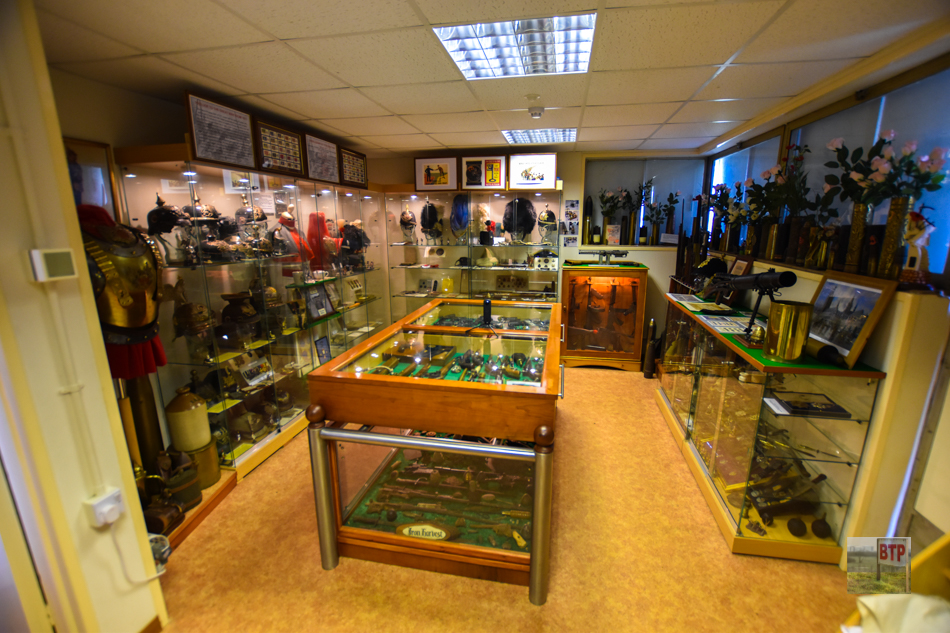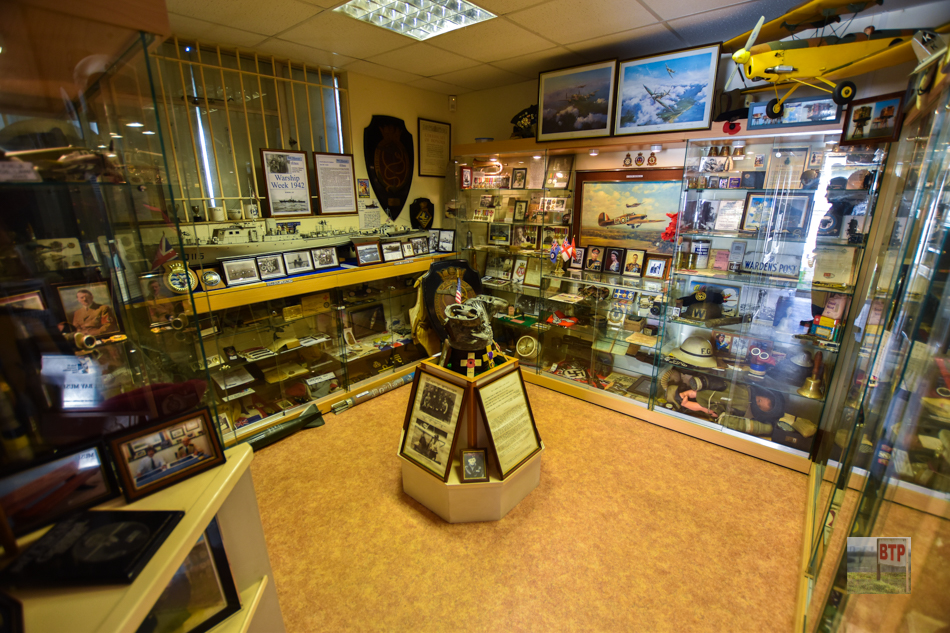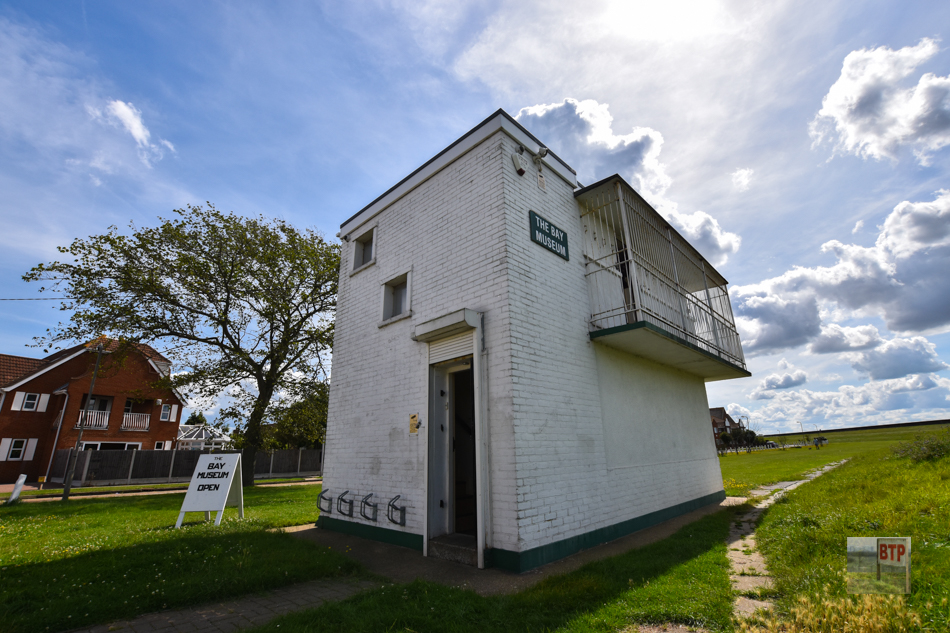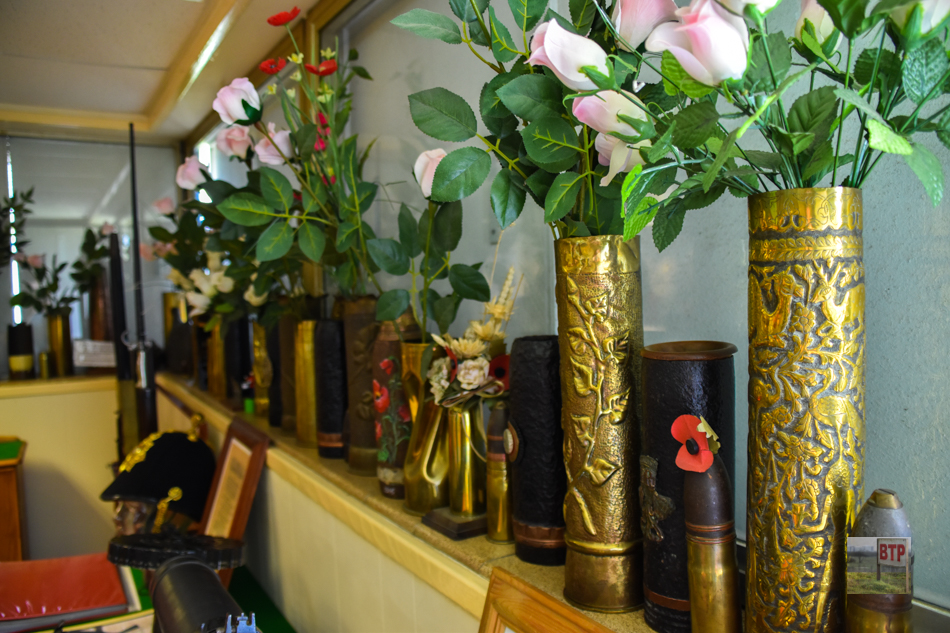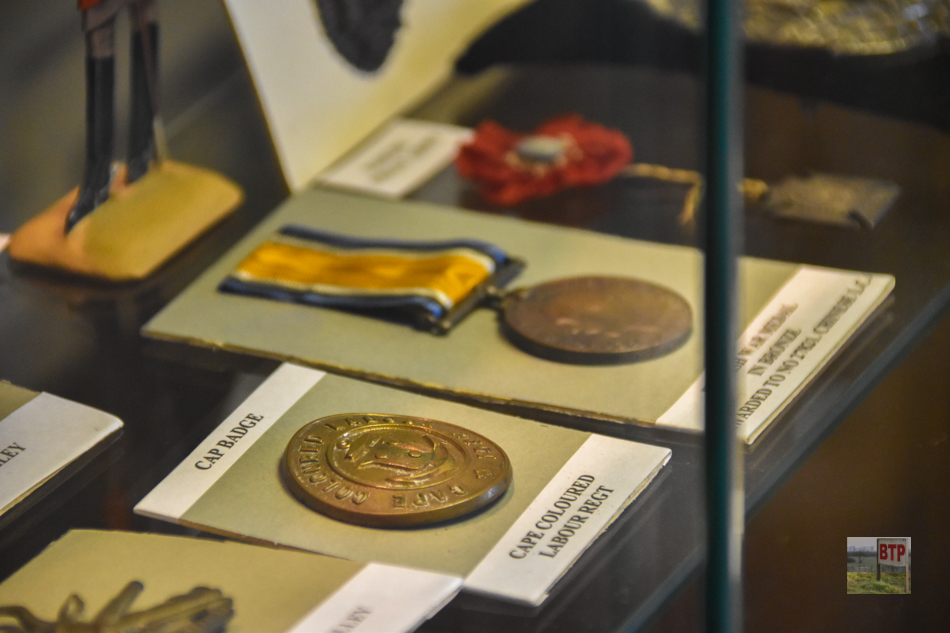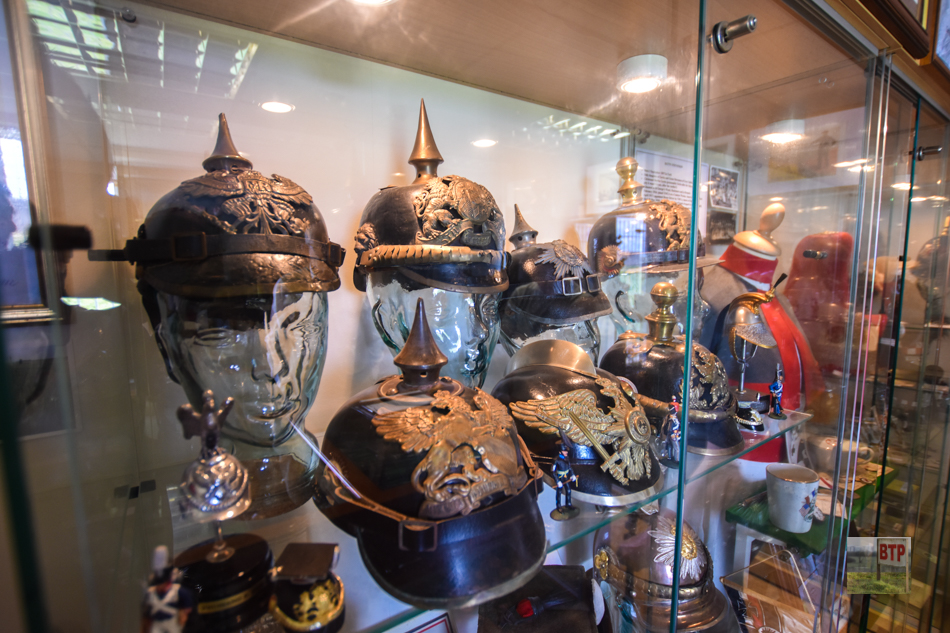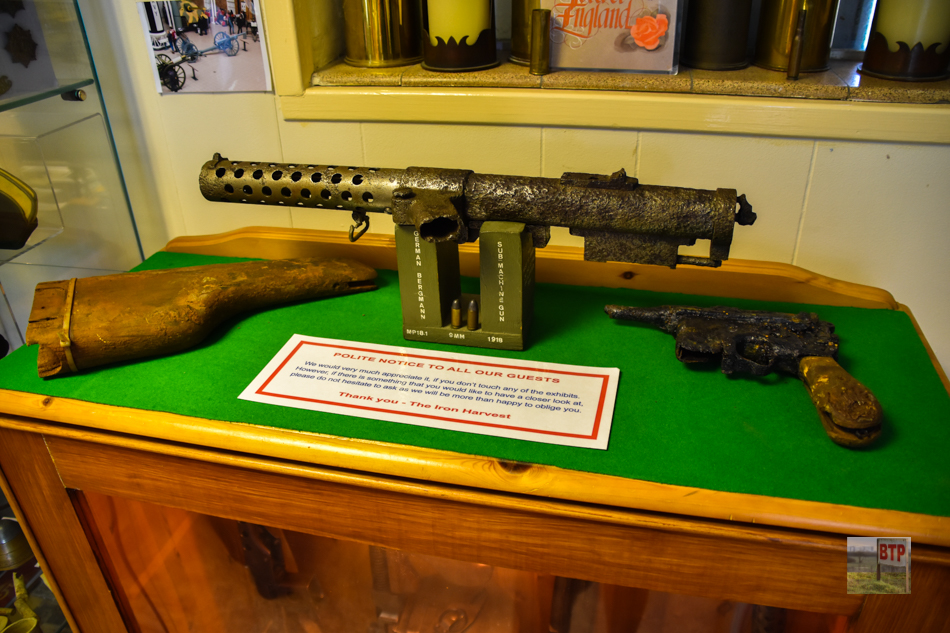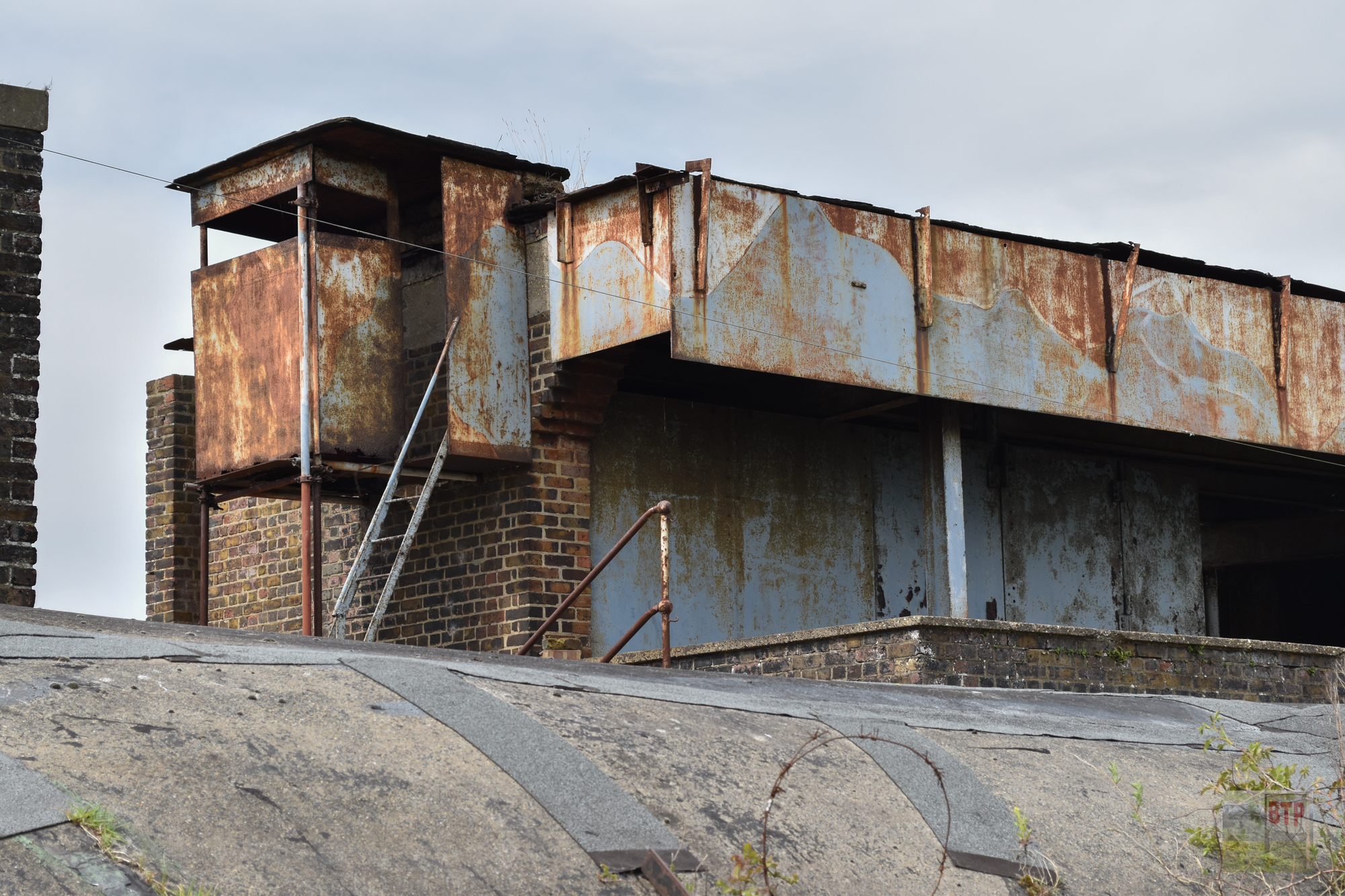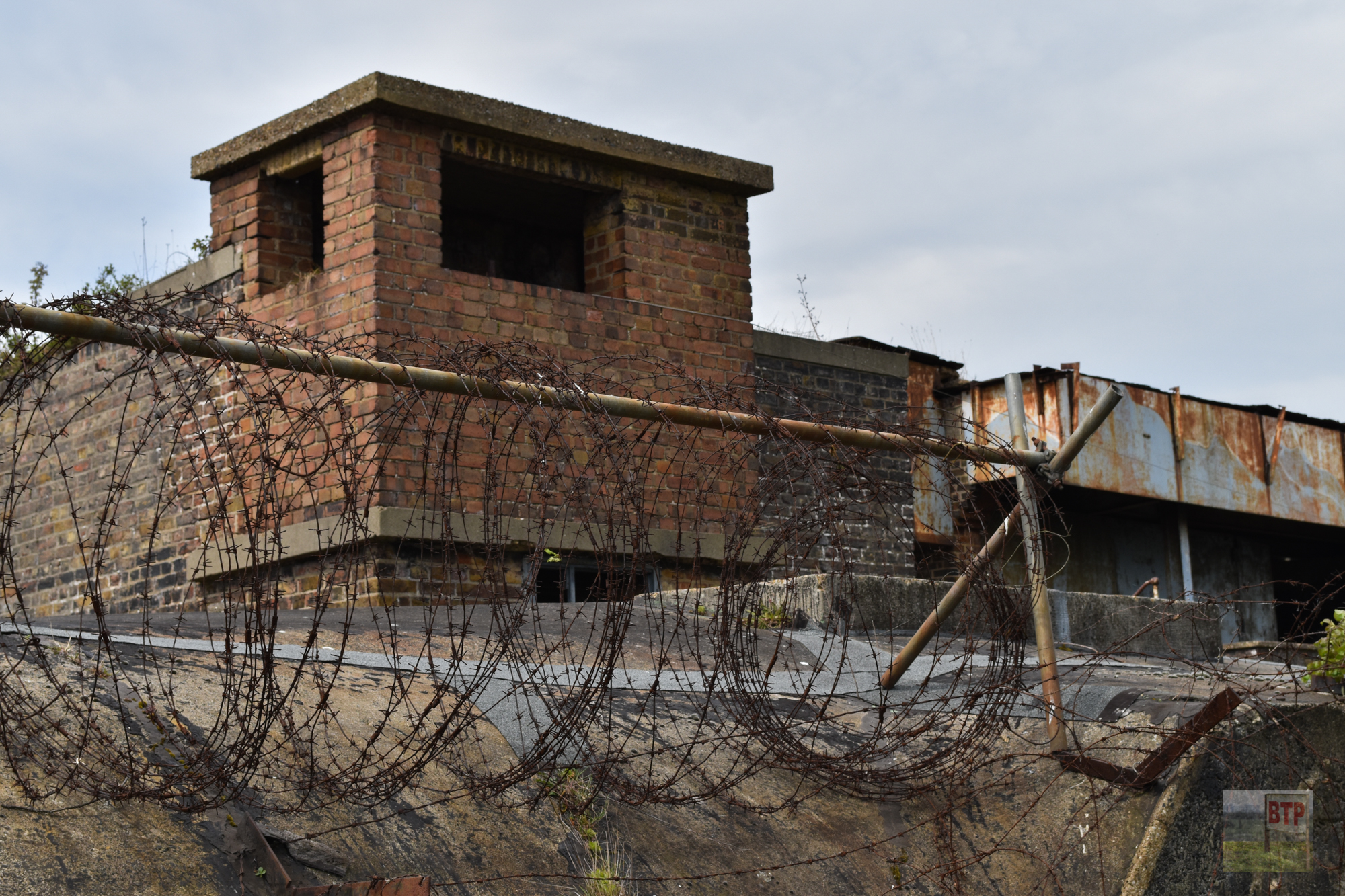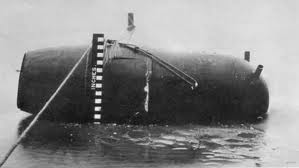Beyond the Point are good friends and close-working colleagues with the Bay Museum. Like us, they are bringing Canvey’s history into the 21st Century with a team of historians and collectors experienced in encouraging an interest in people of all ages. We genuinely suggest you pay them a visit. We also established their now-thriving website at The-Bay-Museum.co.uk. It offers a wealth of artefacts, books and displays focusing on Military history. Open Sunday from 10am till 4pm, the museum also organises trips to France and Belgium to experience the battlefields first hand. The museum is run by volunteers who always warmly welcome visitors and are never short of a war story!
The Bay Museum was a Cold War defence building, planned and built from 1962-1963, as a result of the Cuban Missile Crisis, which almost concluded with a nuclear missile exchange between NATO (USA, Britain, Canada, and other European countries) and the Soviet Union, today Russia and the surrounding part of Eastern Europe. With this incredibly close call, many nuclear defences were reinforced, and many more were added, such as Canvey Degaussing Range Station. The DG Station would have sent out a wire loop out to the middle of the Thames, which still remains somewhere on the seabed to this day. A piece of the wire is on display in the museum itself. There would have been two of these loops, which would have ended at the Station wired up to surveillance equipment. These loops would have been used to pick up electrical signals caused by magnetism from passing ships. In the Second World War, magnetically-detonated mines were placed around the English shoreline (especially the Thames and other docks) by the Germans, which would detonate if a ship passed over one, interrupting its magnetic field, causing it to be set-off, creating devastating underwater shock-waves for ships. The DG Station, or ‘Canvey Loop’ as sometimes known, would have monitored to see if passing ships had a device (electrified wire loop) wrapped around them to demagnetise the ships and therefore make them immune to magnetic underwater mines. The ships co-ordinates would be measured from a range-finder on the balcony, plus other equipment inside, and marked for needing a ‘de-mag’ device to be fitted. As the Cold War never turned hot and no magnetic mines were emplaced by the Soviets, the station was never used, although still fully kitted out and put on standby by the MOD.
Above: The Deguassing Station at Coalhouse Fort and a mine
In the Cold War, both magnetic mines left over from WW2, and ‘to be deployed’ magnetic mines by Communist states/Soviet Russia, were a threat. Therefore the Degaussing Stations were constructed – not that many exist in the UK, and still just a few exist in the USA. The Bay Museum is undoubtedly the most suspicious and suitably-fashioned station in the country, with others simply being maybe an old house. One other can be seen in the walls of Coalhouse Fort, in Tilbury – a fort which saw dominant fortification in WW2.
Explore the museum yourself! Just click and drag to look around
The Bay Museum – Spherical Image – RICOH THETA
This entry was posted in Location ReportThe Bay Museum – Spherical Image – RICOH THETA

